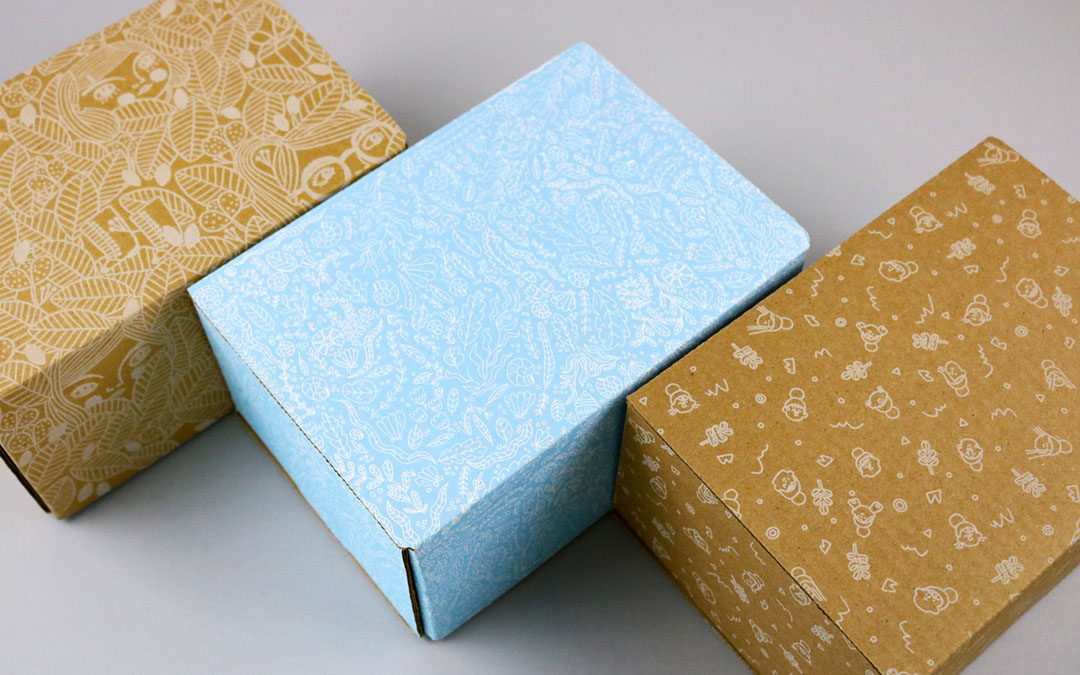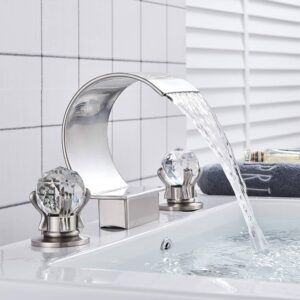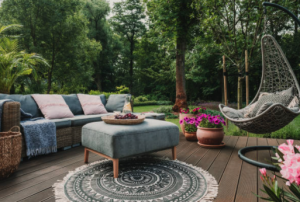Everything needs a boxes printing, get to know which one is perfect
4 min read
When it comes to boxes printing, it is important to create a design that works perfectly in setting yourself apart. There are no hard rules that you need to keep in mind for printing. But, there are several different methods having their own plus points and weaknesses. The choice among them depends upon numerous factors, such as the packaging material and whether you are going to print in bulk or not. Developing a deep understanding of each of these methods will help you in making a better decision. Explore with us some of the best printing methods and their strong points and limitations.
Digital Printing:
Digital printing is an extensively using method, particularly for lower volume projects. The tooling costs are almost negligible, and no specific setup is requiring to perform the function. An automated cutting table is usually using for die-cutting, due to which there are no plate charges as well. It supports low minimum orders, and the design could be producing in smaller durations. With the right sort of configuration, you can have the desired printed design without any compromise on quality. While there are many positives of opting for digital techniques for custom printing boxes, it has several downsides as well. It calls for colour calibration because the Pantone Matching System is hard to match. The high-volume print job does not suit this method. If you have boxes in larger quantities, it can prove quite costly to you.
Flexographic Printing:
Flexographic printing is typically preferred for corrugated packages and provides many cutting-edge benefits. It does not eat up the set budget of a business as the tooling costs, as well as cost per unit, are quite minimal. As compared to the contemporary printing methods for packaging, its turnaround time is faster. It gives you many options when it comes to ink selection, and you can choose from both water-based and oil-based inks. It is rendered a perfect choice for flood coating and borderless printing. Designs that are only text-based and involve the application of a single or mostly two colours are also good to print by this method. This printing is not ideal for the graphics or designs that are too detailed. This is because the need for printing plates increases with the rise in the number of colours chosen for the design.
Rotogravure Printing:
It is an excellent printing technique that could be utilized to print versatile and eye-catching packaging designs. It assures you a print of higher quality and is completely capable of reproducing high-resolution photo images. Even if you have higher volume jobs, this technique can provide you with continuous-tone images without any effect on the quality. It has large minimums, and very long lead times are needed for the printing of designs on the packages. You also require to invest heavily in the tooling, and its setup boxes printing charges can easily break your budget. Its application makes sense only when there are larger print jobs; otherwise, you may end up on the losing side. Despite many drawbacks of the rotogravure, it is still utilized by several businesses that are looking for top-quality printing.
Offset or lithography:
In this particular type of printing method, a litho printing sheet is laminating or glueing to the packaging. It works to deliver high-end custom printing boxes without any negative effect on the fluting. It is specifically good for inscribing graphics that are detailing and require higher boxes printing resolution. Unlike other technologies, it comes with a lot of coating options, and you can give the desired touch to the boxes. The aesthetic and touch the impact of the boxes could be enhancing with the coating options like gloss, matte, soft-touch, etc. The colour gradients in the images are bright and smooth and do not show any sort of banding. The flaw of this technique is that it is heavily cost-consuming because custom printing plates are requiring every time. To reduce the price, high volumes are requiring, which is not possible in every case.
Silkscreen Printing:
For silk screen printing, it is not necessary for the soap boxes to have a smoother surface always. It provides tremendous printing results for the oddly shaped packages. A common use of this method is in the showpieces make by fashion houses and artists. It does not cost you much as it can be using for smaller print volumes, and there are no specific setup charges. The disadvantage is that it is a labour-intensive process and involves a lot of manual effort. So, there is always a chance of human error due to which the design could be ruining. The production is very slow as compared to the other methods, and it does not ensure a clean look of the design. Colours are not accurate, due to which the print quality gets compromising.
The choice among the right boxes printing is dependent on the two main factors, i.e., specific requirements and set budget. Rotogravure is ideal for the job where colour accuracy is a top priority. Both silkscreens, as well as digital methodologies, are well-suit for low-volume print jobs. However, offset provides excellent results for boxes printing high-volume projects. For creating high-impact graphics and greater aesthetic designs, lithography should be a top preference.





